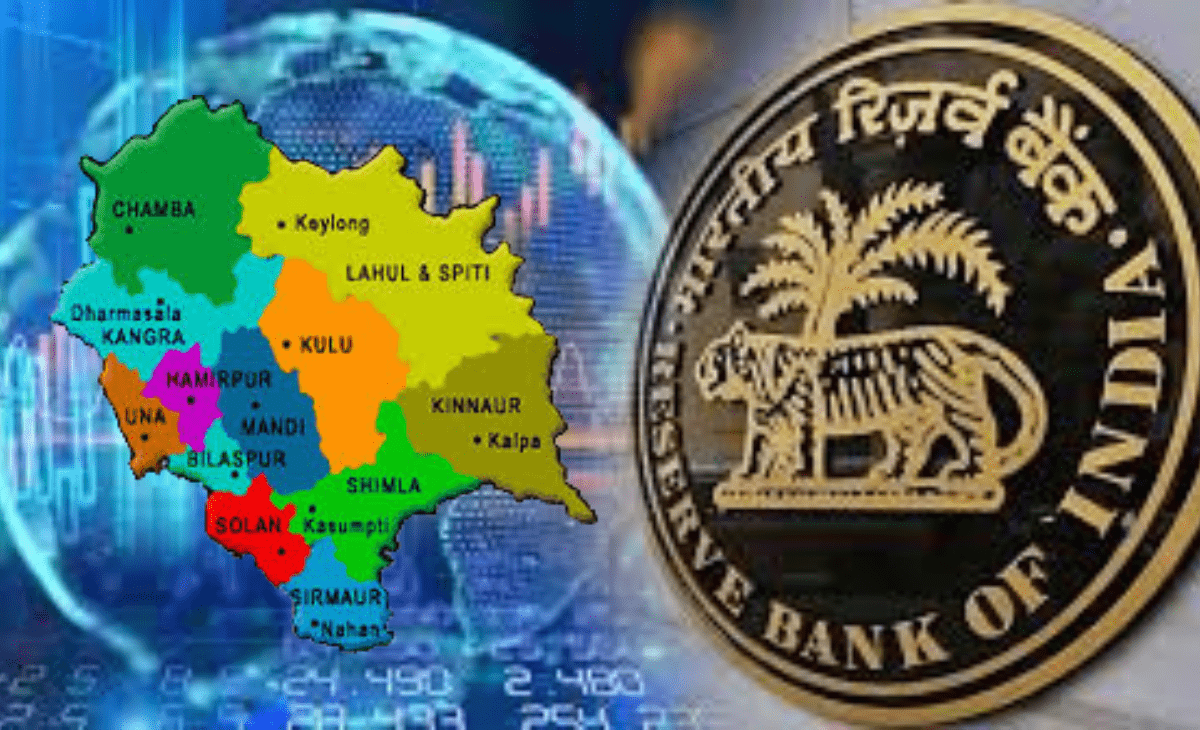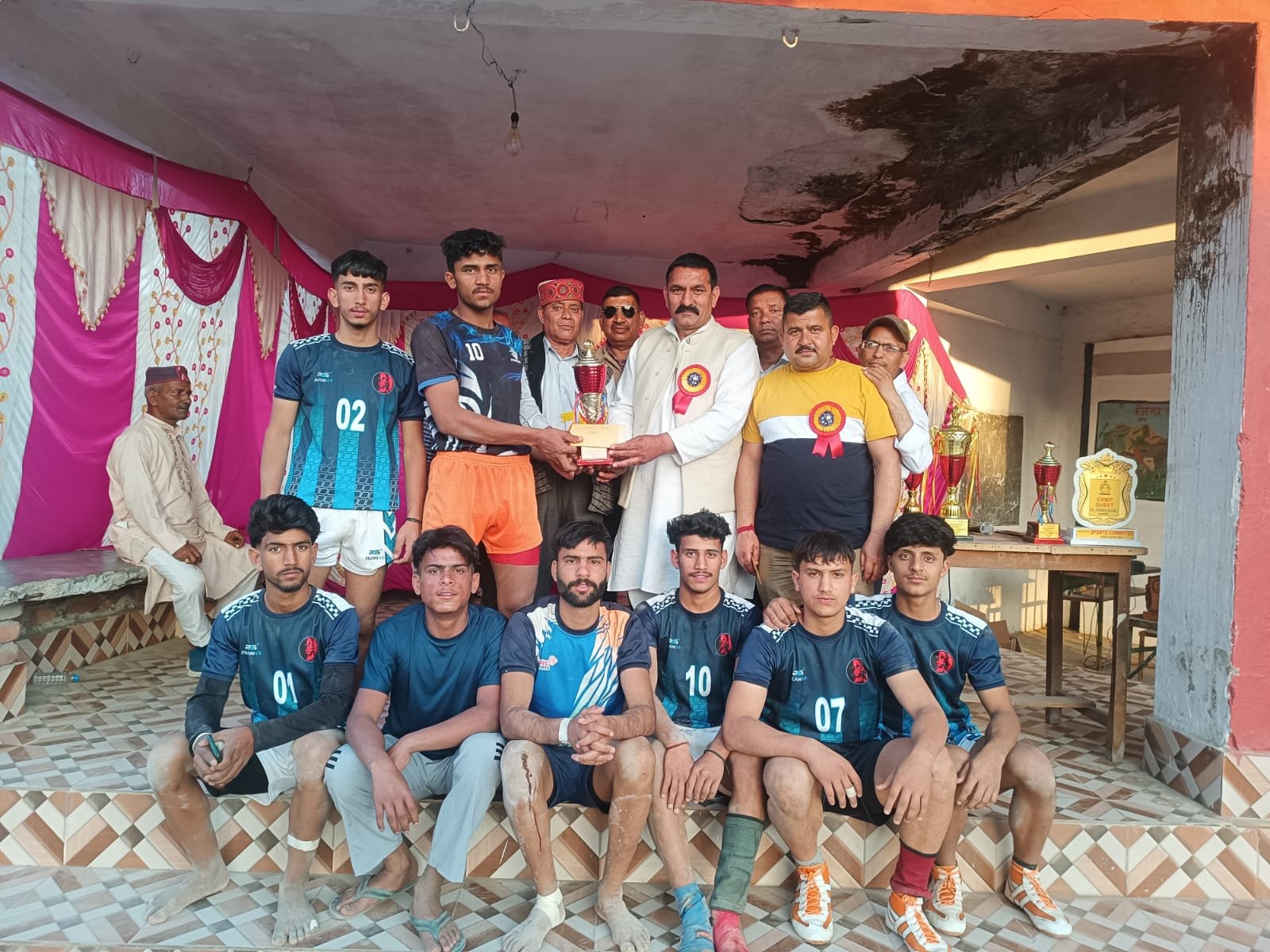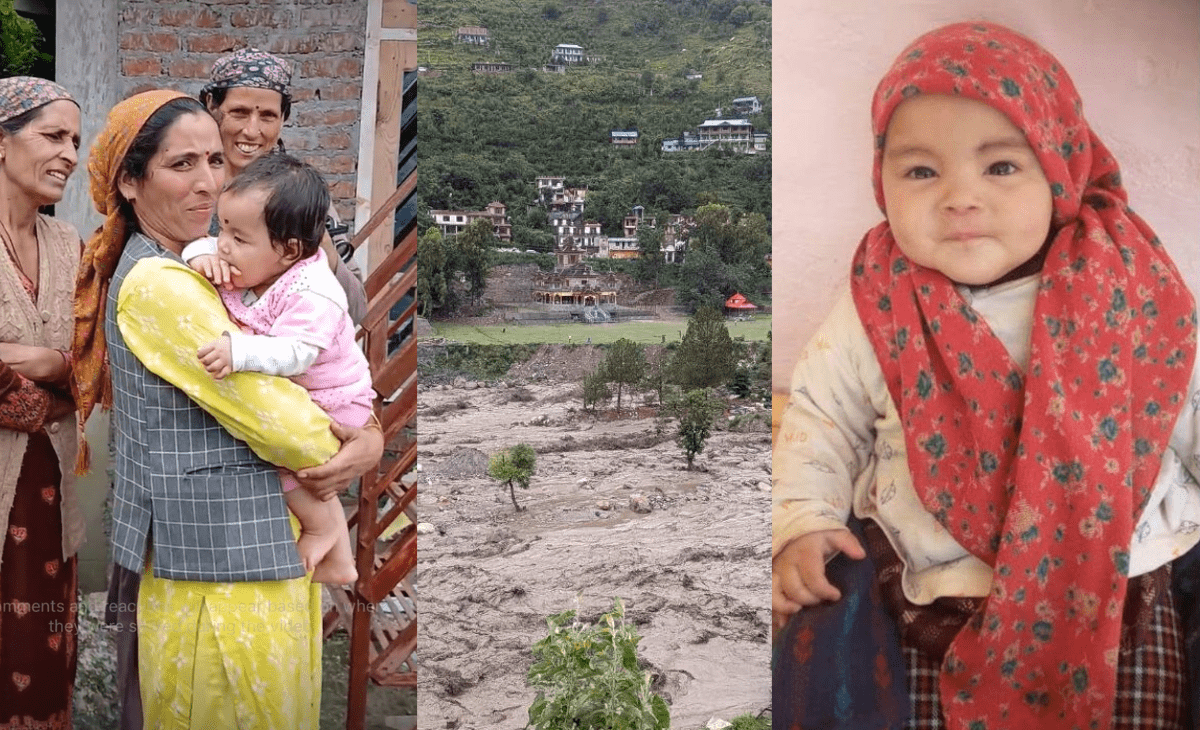S Gopal Puri
Shimla : In a significant revelation from the Reserve Bank of India’s 2025 State Finances Report, Himachal Pradesh has been identified as the least poor state in India, with a poverty rate as low as 0.4% — the lowest in the country.
However, the report also warns that rising debt liabilities remain Himachal’s most critical economic challenge, potentially impacting long-term fiscal health and developmental expenditure.
Debt Burden and Fiscal Stress
According to the RBI analysis, Himachal’s debt has reached ₹75,375 crore, nearly 43% of the state’s Gross State Domestic Product (GSDP). This growing debt is mainly attributed to high expenditure on salaries, pensions, and interest payments, leaving limited fiscal room for capital investments and welfare schemes.
The report suggests that while the state’s welfare-led model has helped keep poverty levels minimal, its dependence on borrowed funds for recurring expenses could become unsustainable over time.
Economists have also raised concerns that the debt-to-GSDP ratio, currently among the highest in India, may hinder the state’s ability to finance future infrastructure and social welfare projects.
Growth and Inflation Trends
The RBI report projects Himachal’s economic growth rate (GSDP) for 2024–25 at 7.03%, slightly below the national average. However, the state has also experienced a rise in inflation, largely due to higher fuel prices and food costs.
Despite this, Himachal continues to outperform several larger states in human development, healthcare, and education outcomes — areas credited to consistent public spending and welfare programs.
RBI’s Recommendations and Fiscal Reforms
The central bank has recommended that Himachal focus on rationalizing non-developmental expenditure and improving tax collection efficiency. It also emphasized the need for the state to expand its revenue base, particularly through tourism, renewable energy, and small-scale industries.
The RBI has suggested keeping a close watch on fiscal deficit and debt ratios over the next five years, as the state remains among the top 16 in terms of fiscal vulnerability indicators.
State Government’s Response
State officials have acknowledged the findings, noting that Himachal’s geographical challenges and welfare commitments make balancing growth and debt more complex than in other states.
“The focus will remain on maintaining social equity while strengthening fiscal discipline,” a finance department source said.
Analysts’ View
Experts argue that Himachal’s model — low poverty but high borrowing — represents a paradox of welfare-driven economics.
Dr. Pramod Aggarwal, a senior economist, noted:
“Himachal’s development story is impressive, but its rising debt is a red flag. The state must find ways to boost productivity and private investment to ensure long-term sustainability.”
Himachal Pradesh stands as a unique case in India’s economic landscape — a state that has nearly eradicated poverty yet faces growing fiscal strain.
The RBI’s 2025 report underscores a crucial choice ahead: whether the hill state can maintain its social welfare successwithout being buried under the weight of its own debt.






